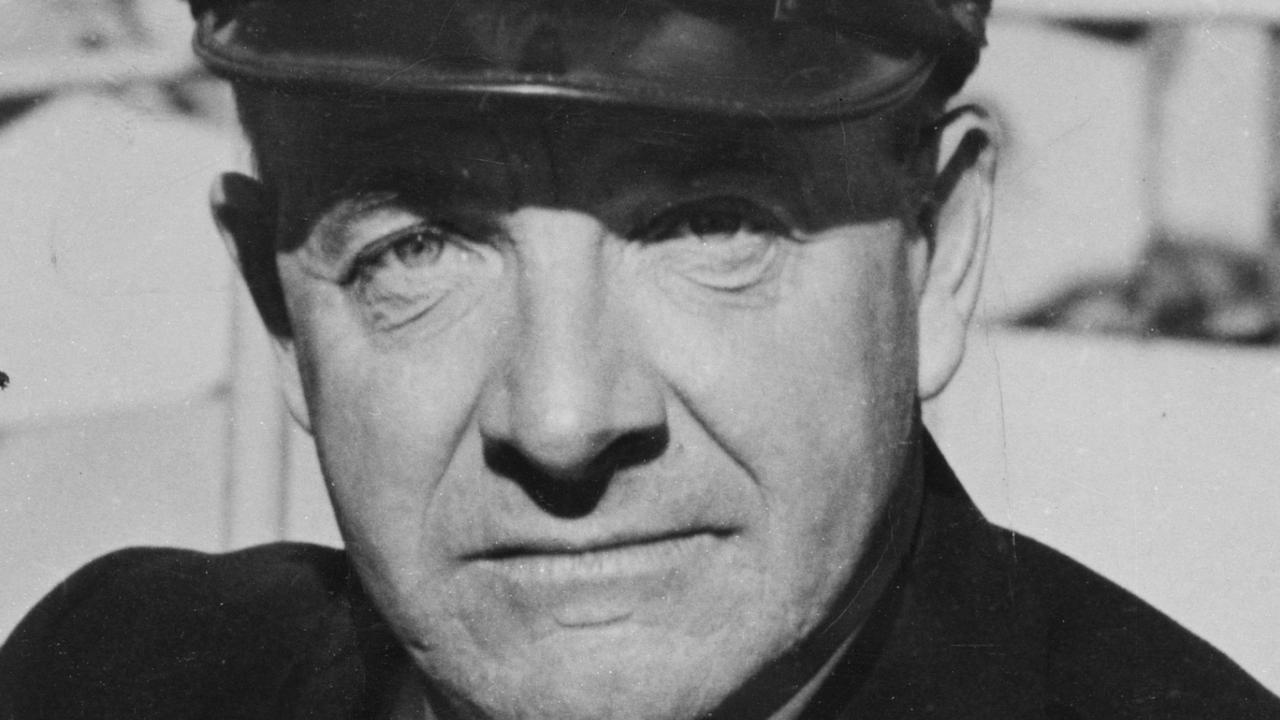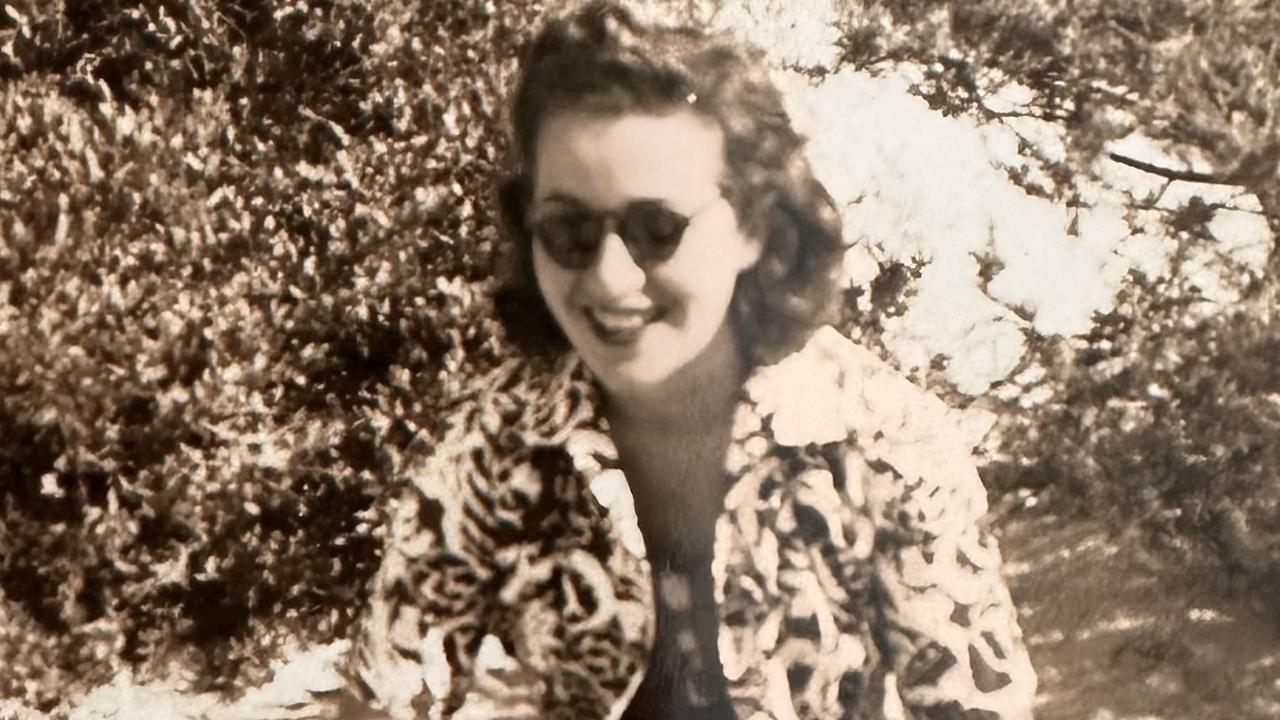Lost Eugene von Guerard masterpiece is finally home after 150 years
IT was, says Sotheby’s Geoffrey Smith, “a jaw-dropping moment”. A Eugene von Guerard landscape painting whose whereabouts had eluded scholars for almost 150 year, had come back from Mexico.

Today in History
Don't miss out on the headlines from Today in History. Followed categories will be added to My News.
IT was, says Sotheby’s Australia chairman Geoffrey Smith, “a jaw-dropping moment”. Here it was in his office, a Eugene von Guerard landscape painting whose whereabouts had eluded scholars for almost 150 years. And most unexpectedly of all, the picture had come back to Melbourne, where it was created, from Mexico.
It had been owned by progressive descent in the one family for 40 years, until the current owner decided to sell it and contacted Sotheby’s overseas.
Having been painted here, the picture was sent to Sotheby’s man in Australia.
Smith received it with enormous pleasure, and estimates it will fetch between $500,000 and $700,000 when it is offered at auction on May 3. The painting goes on view at Sotheby’s in Sydney on Thursday, April 27.

The history of art is peppered with stories of prodigal artworks that were mentioned in early exhibition catalogues or newspapers, only to virtually disappear.
Many such paintings are sequestered in obscure collections for decades, thus evading the notice of curators no matter how good their detective skills are.
Scholars were well aware of the “missing” Von Guerard painting, Smith says. They just had no idea where it had gone after 1873.
The story of View Of The Granite Rocks At Cape Woolamai begins with the birth of Von Guerard in Vienna in 1811. His father was a court painter to Francis I of Austria. Eugene died in England in 1901, but not before he had lived a fascinating life.
After studying the old masters in Italy and under a German landscape artist in Dusseldorf,
Von Guerard sailed to Australia in 1852 to try his luck on the Victorian gold fields.
He never struck gold, but he did find love. He married Louise Arnz of Dusseldorf at St Francis’s Church in Melbourne, and later travelled widely throughout the wilderness areas of Victoria, Tasmania, NSW, South Australia and New Zealand.


The artist joined scientist Professor George Balthasar von Neumayer’s 1862 expedition to Mount Kosciuszko, a gruelling experience featuring a near-death experience for at least one member of the party, not to mention encounters with snakes and bushrangers.
The trip resulted in one of Von Guerard’s best-known paintings — North-East View From The Northern Top Of Mount Kosciusko, 1863, which is owned by the National Gallery of Australia.
In 1859 Von Guerard made his only trip to Sydney. His only known Sydney subject is a painting titled Sydney Heads, 1865, in the Art Gallery of NSW collection. He completed it back
in Melbourne.
In 1870 Von Guerard became the first master of painting at the National School of Art in Melbourne, where his students included future greats such as Frederick McCubbin, Tom Roberts and Rupert Bunny.

In 1872, Melbourne’s The Argus reported on a Victorian Academy of Arts exhibition which included a painting by Von Guerard of the granite rocks at Cape Woolamai on Phillip Island.
“The theme is a grand one and it has been vigorously treated,” the Argus noted.
This is the picture that Von Guerard sent to the 1873 Vienna World Exposition, where it was seen by seven million visitors across six months.
How the painting ended up in Mexico is a mystery, Sotheby’s Smith says. There are no known records of its sale after the Vienna exposition. It is known, however, that the painting was once in the collection of the American Smelting and Refinery Company.
Later known as ASARCO, this was one of the companies controlled by the fabulously wealthy Guggenheim family, members of which went on to become mega art patrons.
Could it be that a Guggenheim bought the Von Guerard painting, and that it ended up in Mexico when ASARCO was acquired by the copper producer Grupo Mexico?
It’s pure speculation. But for Geoffrey Smith, it’s good enough that the painting turned up at all.
“What’s exciting about this particular work is no one has known where it was,” Smith says.
“Now we do, and regardless of the next home, we will know where it is and it will be available for public exhibition and we will have a professional image of it so we can reproduce it, understand it and show it in context.”
Originally published as Lost Eugene von Guerard masterpiece is finally home after 150 years


